
“Hard Target 2” is a 2016 American action film directed by Roel Reiné. It is a direct-to-video sequel to the 1993 film “Hard Target,” directed by John Woo.
Hard Target 2 is a 2016 American action film directed by Roel Reiné, serving as a direct-to-video sequel to the 1993 film Hard Target directed by John Woo. The film continues the legacy of intense action and survival themes, bringing a fresh story to the franchise.
Plot Summary:
The film opens with Wes Baylor (Scott Adkins), a former MMA champion haunted by a tragic accident in the ring that led to the death of his best friend. Struggling with guilt and unable to return to the sport, Wes drifts through Southeast Asia, participating in underground fights to make a living.
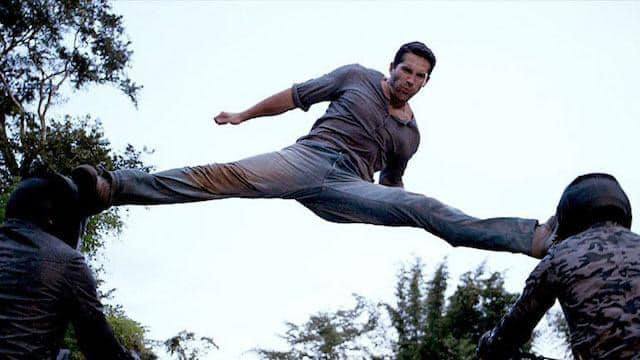
The Proposition:
Wes’s life takes a dramatic turn when he is approached by Aldrich (Robert Knepper), a wealthy and sinister businessman. Aldrich offers Wes a chance to participate in a high-stakes fight in Myanmar, promising a substantial reward. Desperate for a fresh start and intrigued by the potential payout, Wes reluctantly agrees.
The Hunt Begins:
Upon arriving in Myanmar, Wes discovers the true nature of the event. He is not a participant in a traditional fight but the prey in a deadly human hunt. Aldrich and his elite group of hunters, including the ruthless Madden (Temuera Morrison), have organized a deadly game where Wes must survive in the dense jungle while being pursued by well-equipped and merciless hunters.
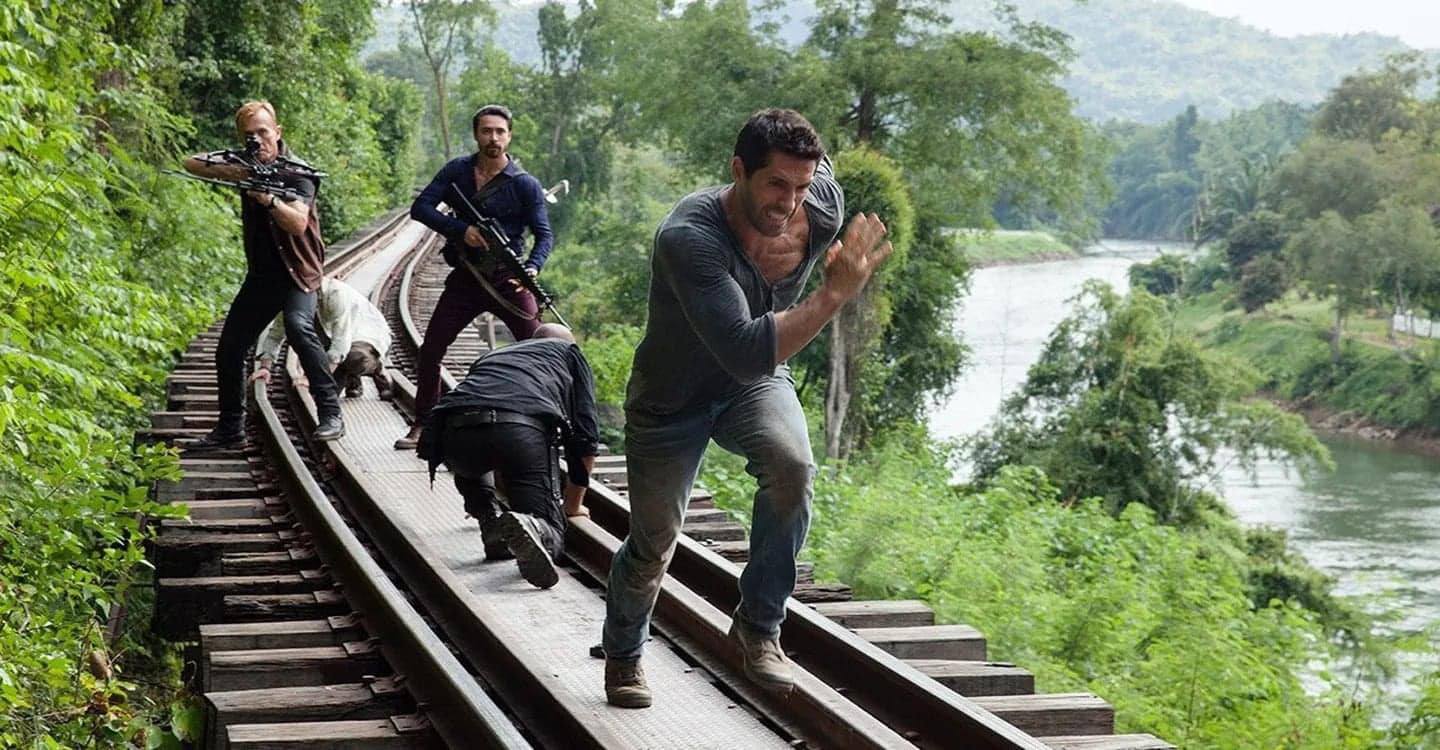
Survival and Strategy:
Armed with only basic survival gear and his combat skills, Wes uses his wits and resourcefulness to navigate the treacherous terrain. The hunters, armed with high-tech weapons and tracking devices, underestimate Wes’s determination and combat prowess. As the hunt progresses, Wes turns the tables on his pursuers, using guerrilla tactics and his knowledge of martial arts to outsmart and defeat them one by one.
Alliances and Betrayals:
During his flight, Wes encounters Tha (Ann Truong), a local woman whose village has been terrorized by Aldrich’s operations. Tha becomes an unexpected ally, guiding Wes through the jungle and providing crucial assistance. Their bond deepens as they share their stories and common desire for justice.
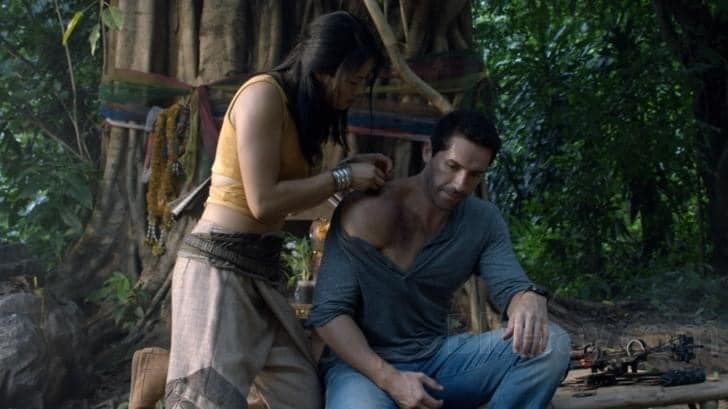
The Final Showdown:
The climax of the film sees Wes confronting Aldrich and Madden in a brutal and explosive showdown. Utilizing his fighting skills and newfound resilience, Wes battles through the hunters’ traps and ambushes, determined to bring an end to the deadly game and seek retribution for those harmed by Aldrich’s sadistic pursuits.
Epilogue:
With the hunters defeated and Aldrich’s operation exposed, Wes emerges victorious but scarred by the ordeal. He finds a sense of redemption and a new purpose, vowing to use his skills to protect the innocent and stand against those who exploit the vulnerable.

Hard Target 2 delivers a high-octane blend of martial arts action and survival thriller elements, staying true to the spirit of the original film while introducing new characters and settings. Directed by Roel Reiné and starring Scott Adkins, the film offers an adrenaline-fueled ride through a deadly game of cat and mouse in the unforgiving jungles of Southeast Asia. 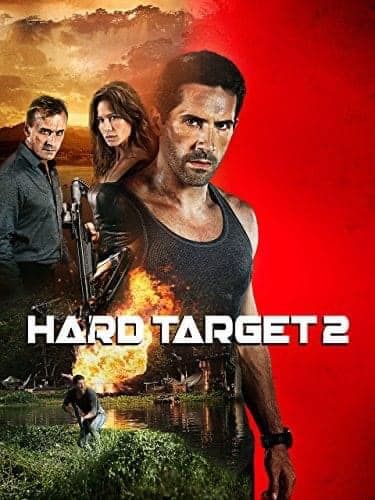

Unleash the rage of Sparta! Prepare to witness the epic origin story of Kratos, the legendary Spartan warrior, in the highly anticipated “God of War: Origin” movie.
Prepare to witness the epic origin story of Kratos, the legendary Spartan warrior, in the highly anticipated God of War: Origin movie. This cinematic adaptation brings to life the mythological and brutal journey of Kratos, set in the heart of ancient Greece.
Plot Summary:
Prologue:
The film opens with a breathtaking panorama of ancient Sparta, a city known for its fierce warriors and unyielding discipline. Amidst this backdrop, young Kratos (played by a rising action star) is introduced as a formidable and ambitious soldier. His raw talent and relentless drive quickly propel him through the ranks of the Spartan army.
The Rise of Kratos:
As Kratos ascends to the position of a Spartan captain, he becomes known for his unparalleled combat skills and strategic brilliance. However, his insatiable hunger for power and victory often leads him to make ruthless decisions. Haunted by visions of past battles and the bloodshed he has caused, Kratos struggles with inner demons that begin to consume him.
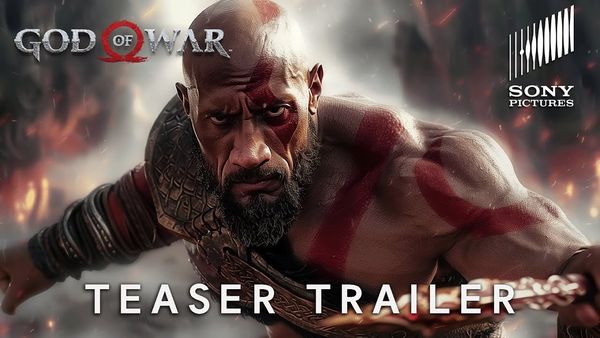
A Pact with the Gods:
In a desperate bid to save his troops from a certain defeat, Kratos makes a fateful pact with Ares, the God of War (portrayed by a charismatic and intense actor). Ares grants Kratos immense power, turning him into a near-unstoppable force on the battlefield. However, this power comes with a heavy price: Kratos is now bound to serve Ares and carry out his will, often leading to unimaginable carnage.
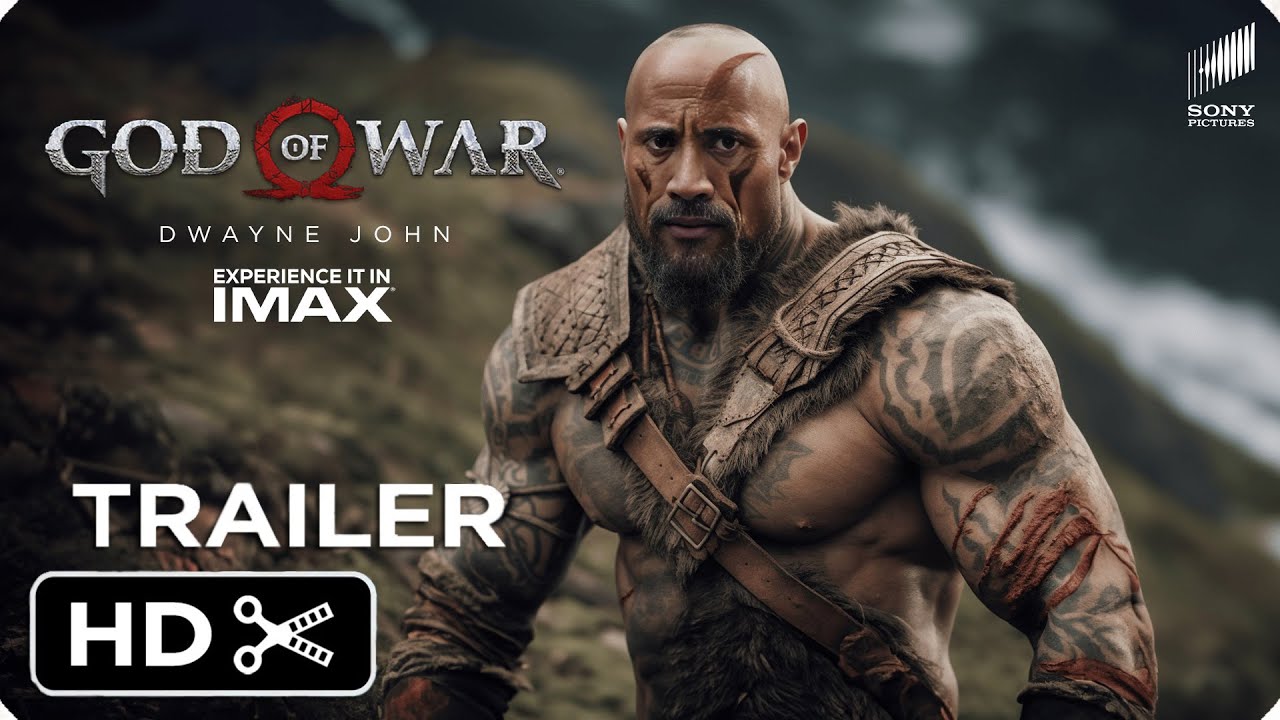
The Fall and Betrayal:
Kratos’s newfound power amplifies his rage and brutality, driving him to commit atrocities even he cannot justify. His blind loyalty to Ares leads to a tragic and horrific event—the death of his own wife and daughter, whom he unwittingly slays in a blind fury induced by Ares. Overwhelmed with guilt and grief, Kratos turns against the god who manipulated him.
The Path to Redemption:
Renouncing his servitude to Ares, Kratos embarks on a perilous journey to seek redemption and break free from the god’s influence. He seeks the guidance of the Oracle of Delphi and embarks on a series of epic quests, battling mythical creatures and overcoming Herculean challenges. Along the way, he encounters allies and enemies drawn from the rich tapestry of Greek mythology.

“Apocalypse Now,” directed by Francis Ford Coppola and released in 1979, is a landmark film that delves deep into the horrors of war and the human psyche.
Apocalypse Now, directed by Francis Ford Coppola and released in 1979, is a landmark film that delves deep into the horrors of war and the human psyche. Based on Joseph Conrad’s novella “Heart of Darkness,” the film transposes the story to the Vietnam War, exploring the madness and moral ambiguity of conflict.
Plot Summary:
Prologue:
The film opens with the haunting imagery of a jungle in flames, set to the melancholic strains of The Doors’ “The End.” The scene transitions to Captain Benjamin L. Willard (Martin Sheen), a battle-weary and psychologically scarred U.S. Army officer, languishing in a Saigon hotel room. Summoned for a top-secret mission, Willard is briefed by his superiors about Colonel Walter E. Kurtz (Marlon Brando), a highly decorated officer who has gone rogue deep in the Cambodian jungle, commanding his own army and conducting unsanctioned operations.
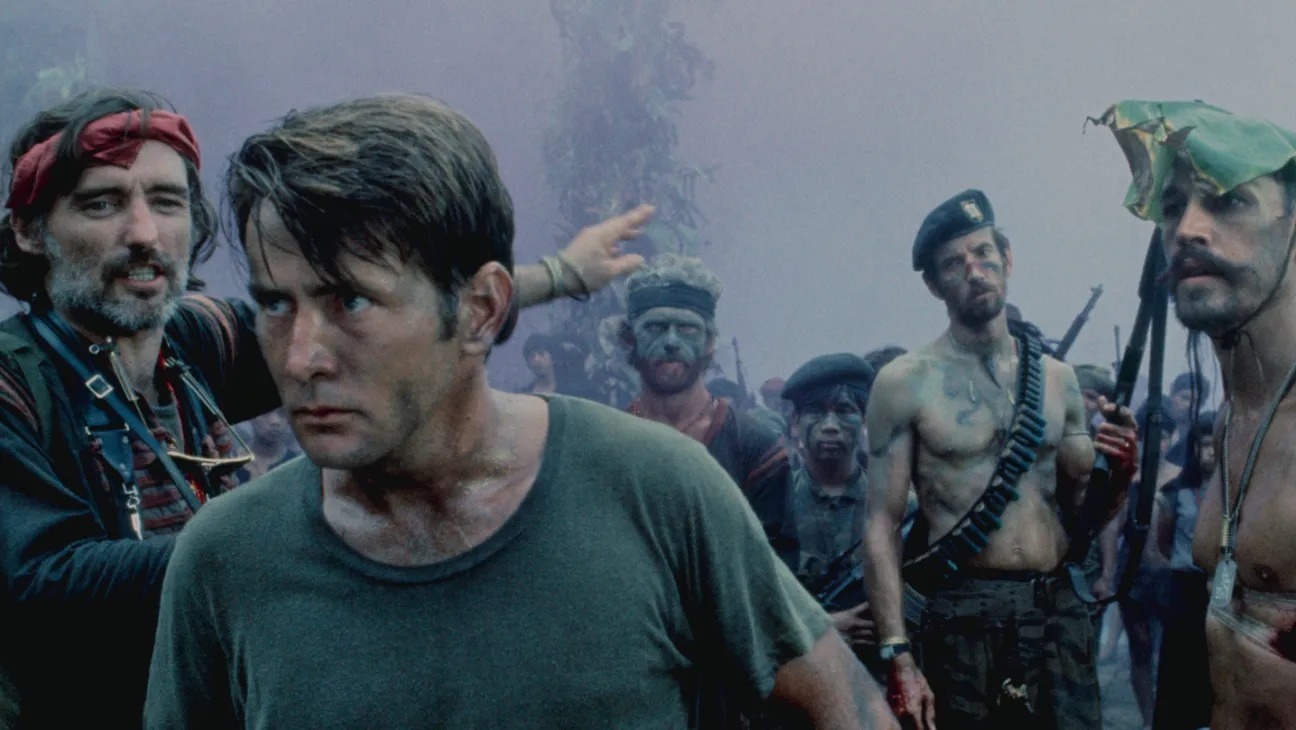
The Mission Begins:
Willard embarks on a perilous journey upriver aboard a Navy patrol boat crewed by a diverse and colorful group of soldiers, including the resolute Chief (Albert Hall), the young and innocent Lance (Sam Bottoms), the street-smart Chef (Frederic Forrest), and the laid-back Clean (Laurence Fishburne). As they navigate the treacherous waters, they encounter surreal and nightmarish episodes that highlight the chaos and brutality of the Vietnam War.
Surreal Encounters:
Among the memorable episodes is an encounter with Lieutenant Colonel Bill Kilgore (Robert Duvall), an eccentric and gung-ho officer who leads a helicopter assault on a Viet Cong-held village to the tune of Wagner’s “Ride of the Valkyries.” Kilgore’s obsession with surfing amidst the carnage epitomizes the absurdity of war. Another surreal encounter occurs at the Do Lung Bridge, where Willard witnesses the frenzied and hallucinatory chaos of a war without clear front lines.
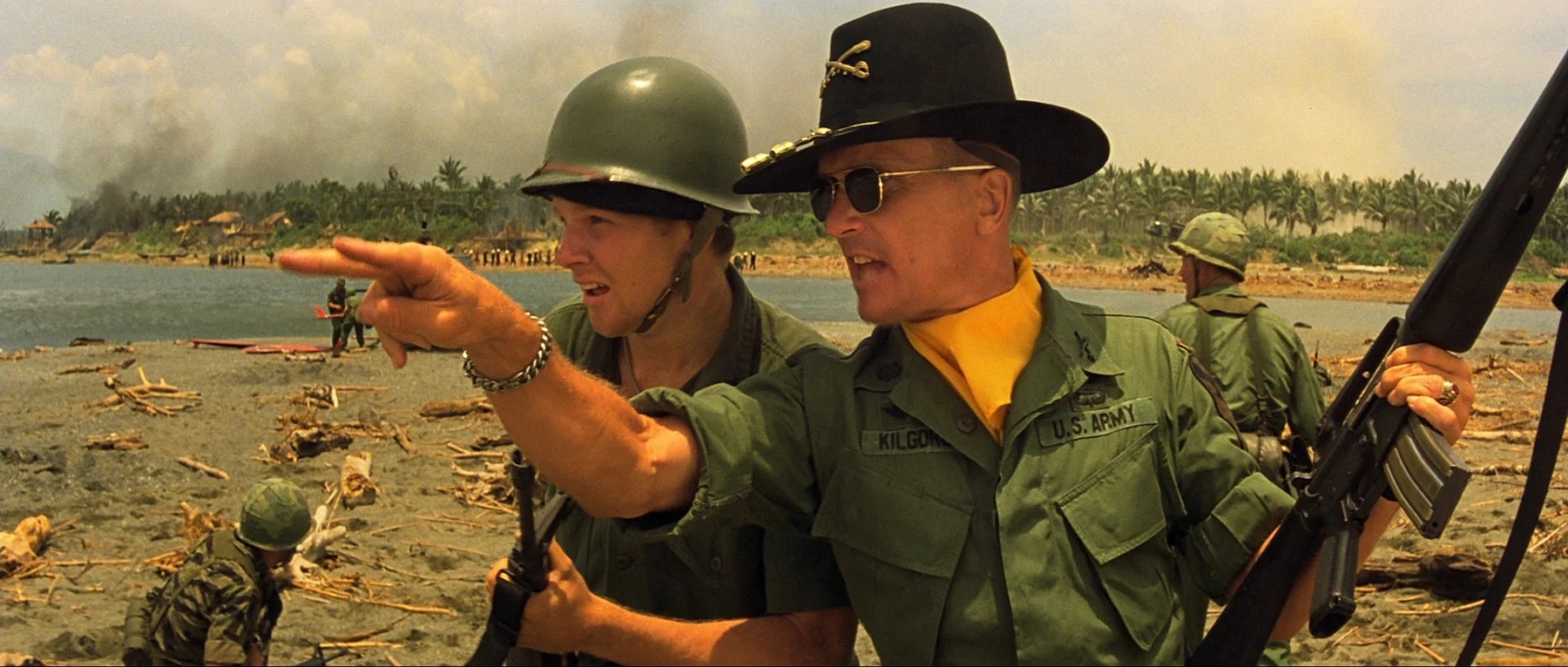
Descent into Madness:
As the boat ventures deeper into the jungle, the crew faces mounting dangers, both external and internal. The environment grows increasingly oppressive, mirroring Willard’s psychological descent. The crew suffers losses, and Willard’s obsession with Kurtz intensifies. Along the way, he reads Kurtz’s dossier, revealing a brilliant but deeply troubled man who has rejected conventional military and moral constraints.
The Heart of Darkness:
The climax of the film occurs when Willard finally reaches Kurtz’s compound, a nightmarish domain where Kurtz reigns as a god-like figure among his followers. Willard confronts Kurtz, who delivers cryptic and profound monologues about the nature of war, civilization, and humanity. Kurtz’s famous utterance, “The horror… the horror,” encapsulates his disillusionment and despair.
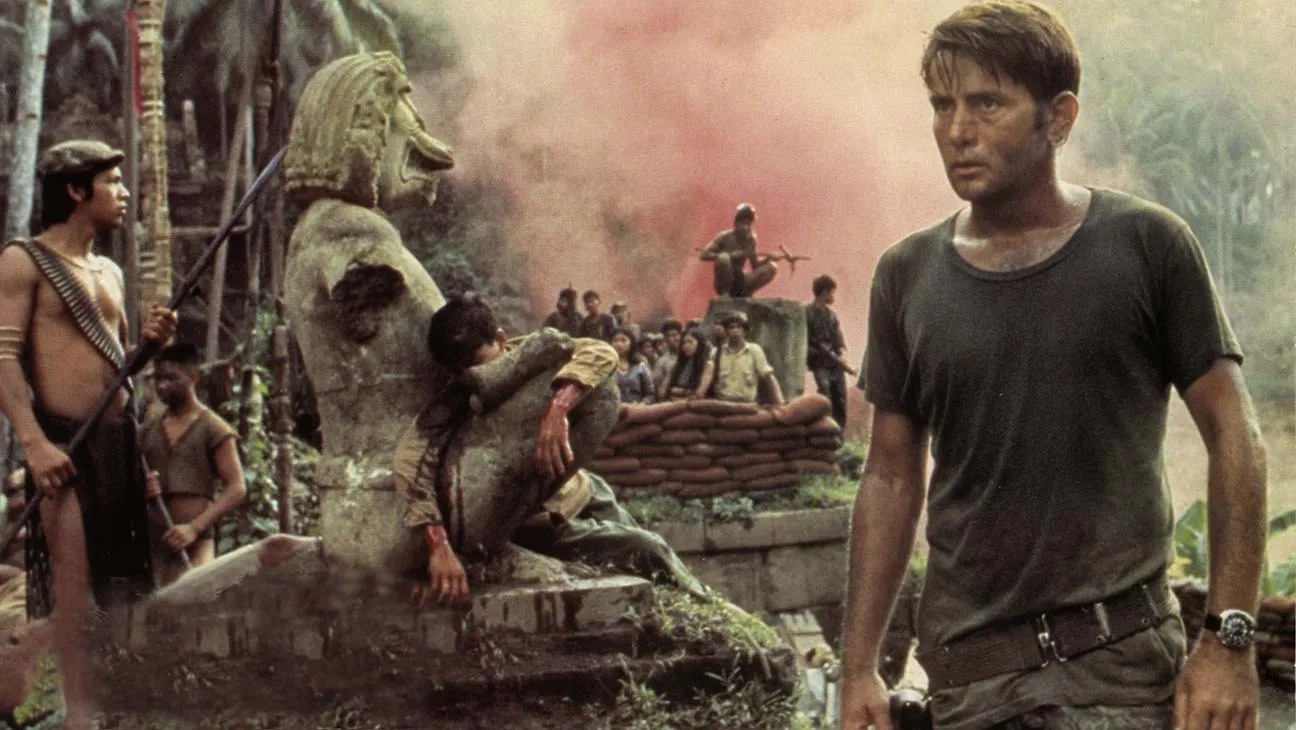
The Final Act:
In a powerful and ambiguous ending, Willard kills Kurtz as part of his mission. Emerging from the compound, Willard is met with a mix of reverence and fear by Kurtz’s followers. He chooses to reject Kurtz’s mantle of power, instead leading the surviving crew members back to their boat. The film concludes with a sense of unresolved tension, reflecting the complex and enduring impact of war.
Epilogue:
Apocalypse Now is more than a war film; it is a profound exploration of the human condition. Coppola’s masterful direction, combined with stunning cinematography by Vittorio Storaro and a haunting score by Carmine Coppola and Francis Ford Coppola, creates a visceral and immersive experience. The film’s portrayal of the Vietnam War as a backdrop for a journey into the darkest recesses of the human soul solidifies its status as a timeless and influential cinematic masterpiece.


AMC has just unveiled the teaser trailer for the highly anticipated 12th season of “The Walking Dead,” set to premiere in 2025.
AMC has just unveiled the teaser trailer for the highly anticipated 12th season of The Walking Dead, set to premiere in 2025. Fans of the long-running series are eagerly awaiting new twists, intense drama, and fresh horror as the post-apocalyptic world continues to evolve.
Teaser Trailer Overview:
Opening Scene:
The trailer opens with a desolate landscape, eerily silent except for the sound of rustling leaves and distant groans of the undead. A tattered “Safe Zone” sign sways in the wind, hinting at the remnants of a once-promised sanctuary now overtaken by decay.
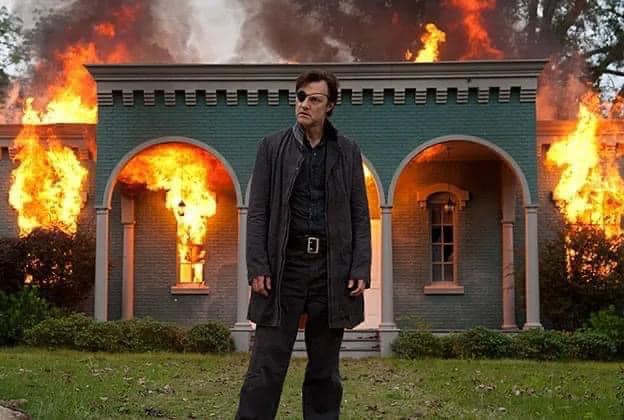
Returning Characters:
Familiar faces flash on the screen: Daryl Dixon (Norman Reedus) stands vigilant, his crossbow at the ready; Carol Peletier (Melissa McBride) surveys the surroundings with her characteristic blend of determination and wariness; and Judith Grimes (Cailey Fleming), now older and more battle-hardened, steps into her role as a leader.
New Threats:
The teaser hints at new adversaries, both human and walker. A shadowy figure in the distance, their identity obscured, watches a group of survivors from a hidden vantage point. A chilling voiceover says, “The world isn’t what it used to be. It’s worse.” This is followed by rapid cuts of intense confrontations, suggesting that the survivors will face threats more dangerous and cunning than ever before.
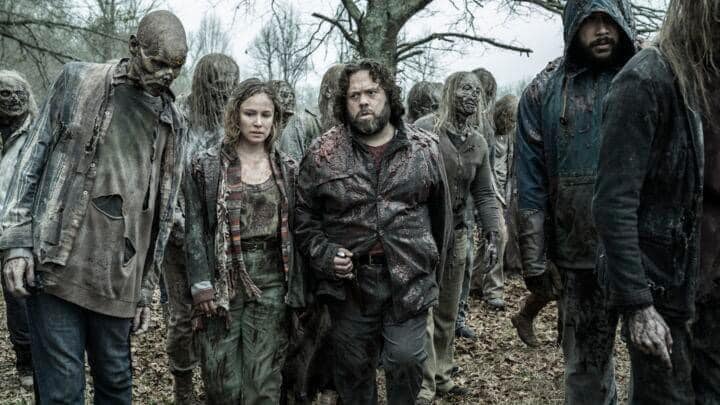
New Locations:
The trailer showcases diverse and ominous new locations: a crumbling cityscape overtaken by vegetation, an abandoned military base with secrets hidden in its underground bunkers, and a fortified compound that seems both a refuge and a prison.
Brief Glimpses of Conflict:
Brief, impactful scenes follow: a massive horde of walkers surging through a narrow valley; survivors engaging in fierce battles with armored enemies; tense standoffs where trust is scarce, and betrayal seems imminent.
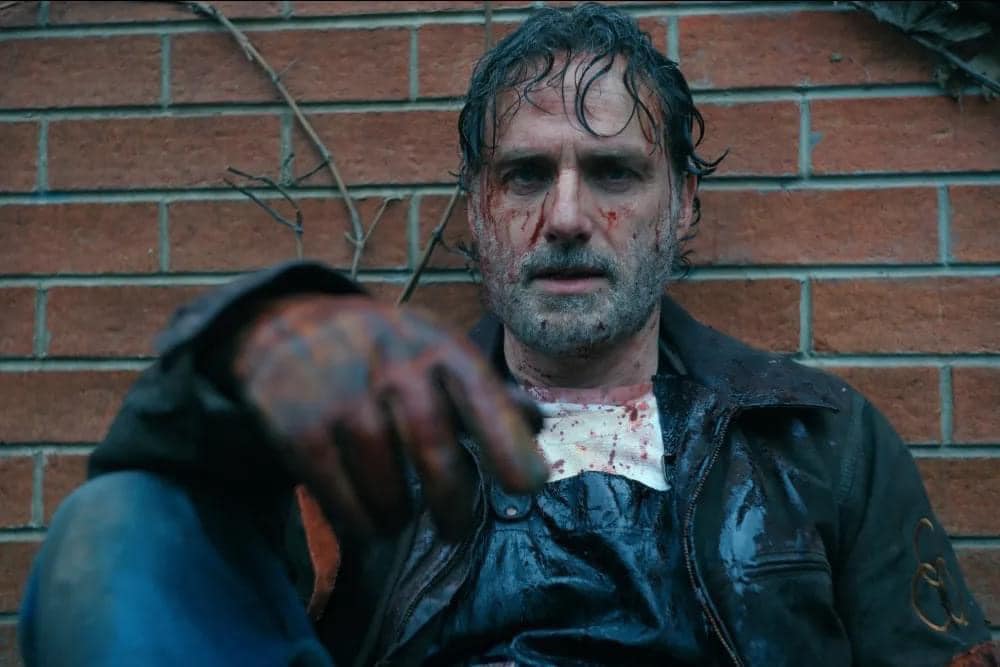
Symbolic Imagery:
The teaser includes symbolic imagery that fans will ponder: a cracked photograph of the original Atlanta survivors, bloodstains obscuring familiar faces; a broken katana, once Michonne’s iconic weapon, lying in the dirt; and a mysterious map with routes and danger zones marked in red.
Closing Moments:
The trailer concludes with a tense, silent moment: Daryl and Carol standing atop a hill, looking out over a valley filled with both hope and danger. The screen fades to black, and the words “The Walking Dead: Season 12” appear, followed by the premiere date: Spring 2025.
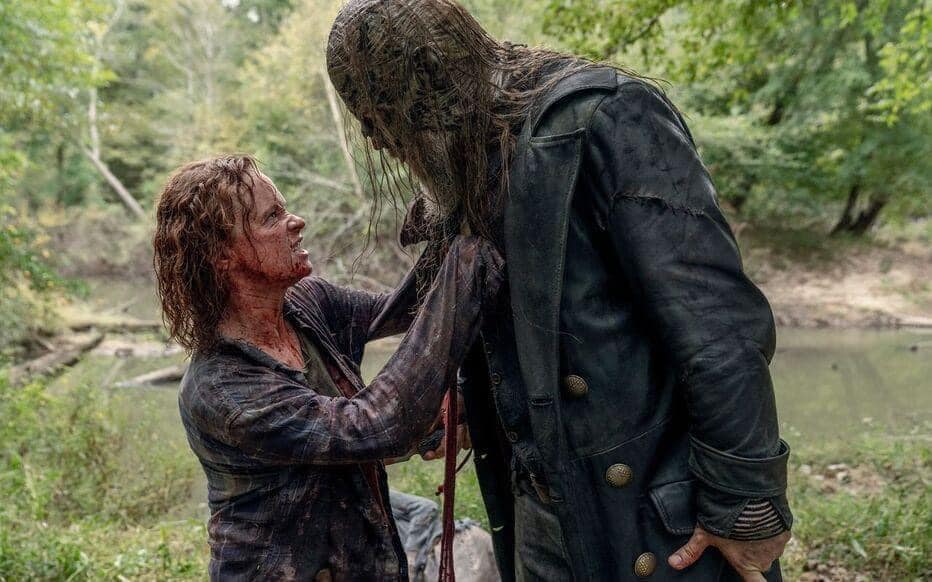

Enter a world overrun by the undead in “The Walking Dead.” Based on Robert Kirkman’s acclaimed comic series
The world had ended not with a bang, but with a groan. Civilization crumbled beneath the weight of the dead as they rose from their graves, driven by an insatiable hunger for flesh. The survivors, scattered and broken, clung to life amidst the ruins of their once-thriving society.
Among them was Alex Carter, a former high school teacher turned reluctant leader. In the early days of the outbreak, Alex had lost everything: his wife, his daughter, his sense of normalcy. But he had gained something too—the unyielding will to survive. Now, he led a small group of survivors, each burdened with their own tragedies, each fighting to hold onto the last vestiges of their humanity.
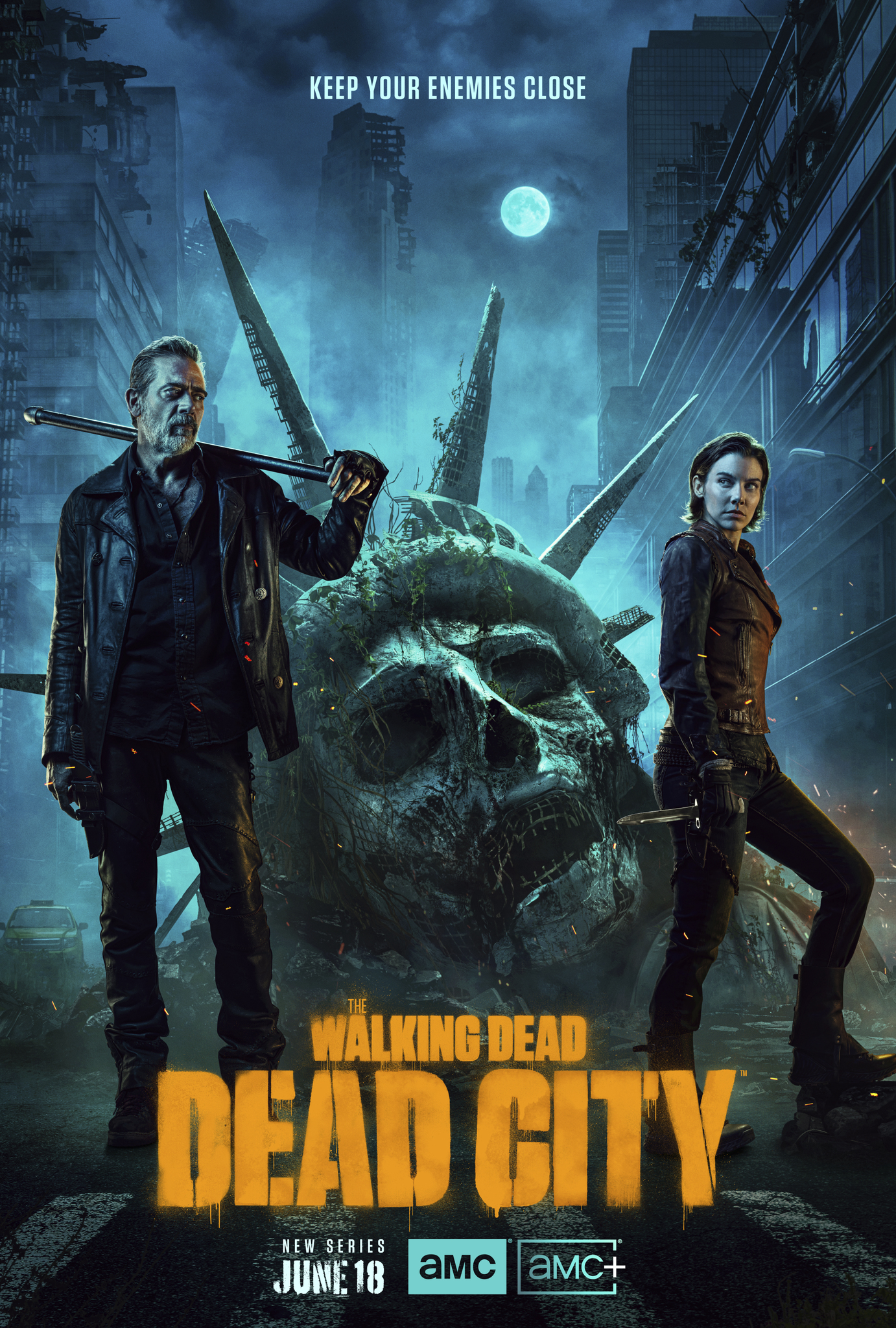
The group had taken refuge in a crumbling elementary school on the outskirts of a desolate town. The walls were thick, the doors reinforced, but they knew it was only a matter of time before the dead found them. Food was running low, and hope was in even shorter supply. But the worst threat wasn’t the walkers—it was the other survivors.
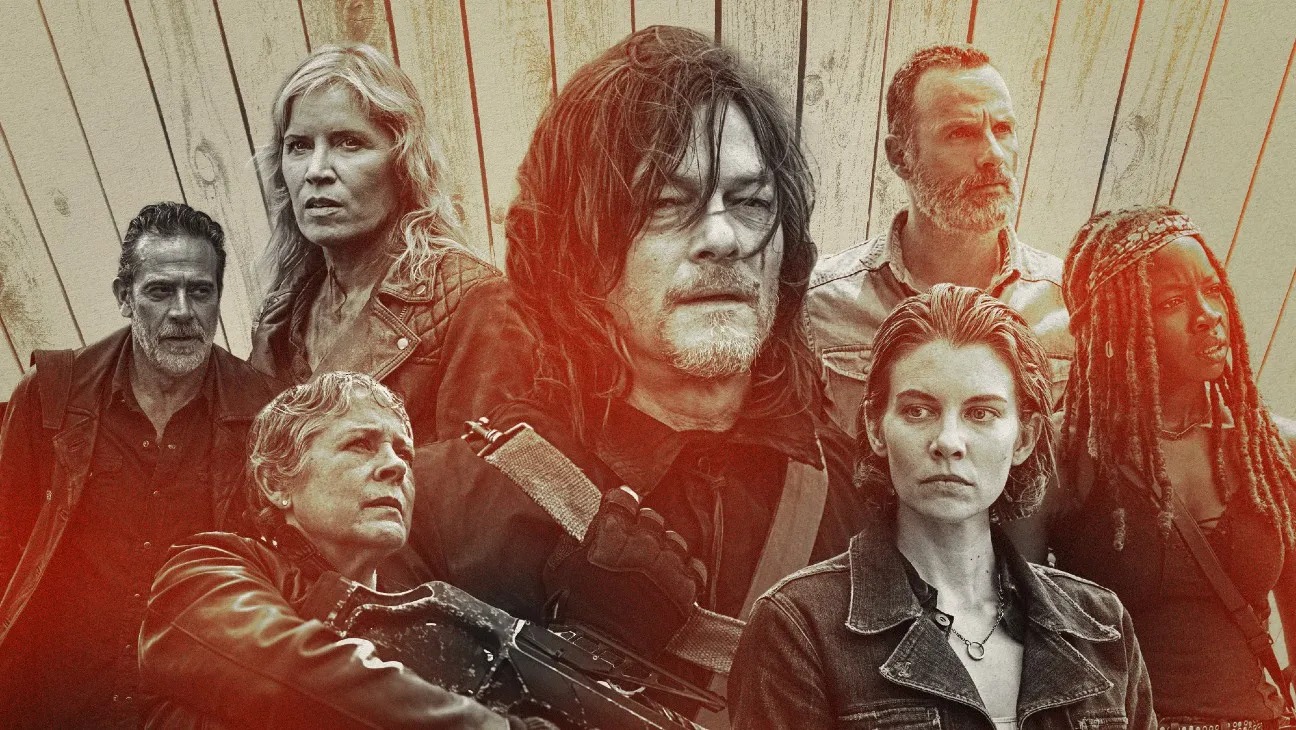
Jenna, a sharp-witted mechanic with a haunted past, was the first to hear the distant rumble of engines. She ran to the makeshift lookout post, a small window that offered a limited view of the road leading to their sanctuary. Through the fogged glass, she saw a convoy of trucks approaching, dust clouds billowing behind them.
“Alex!” she shouted, her voice tinged with fear and urgency.
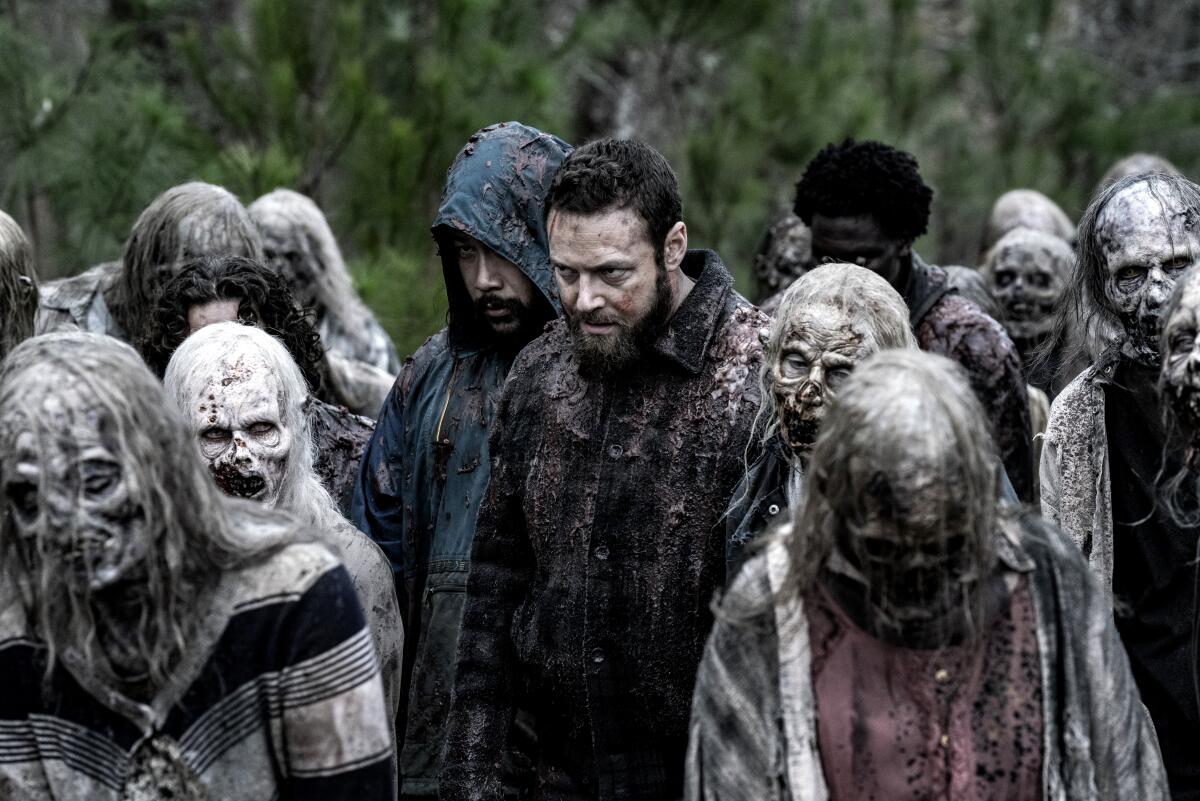
Alex rushed to her side, peering out at the approaching vehicles. His heart sank. He had seen groups like this before—armed, ruthless, and desperate. They called themselves the Rogues, a band of marauders who took what they wanted, leaving nothing but death and destruction in their wake.
“We need to leave,” Alex said, his voice calm but resolute. “Now.”
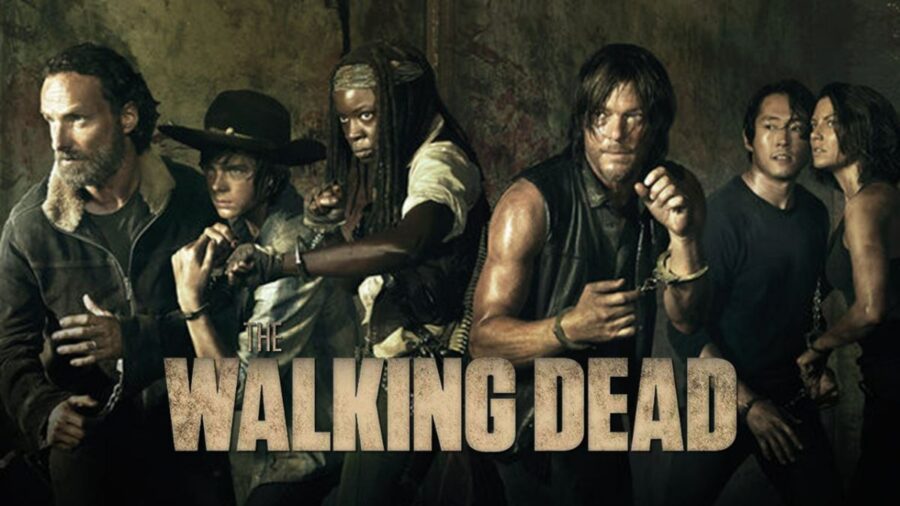
But it was too late. The Rogues were upon them, their vehicles screeching to a halt outside the school. The leader, a towering man with a cruel smile named Vance, stepped out of the lead truck. He was flanked by heavily armed men and women, all of them exuding an air of cold, calculated menace.
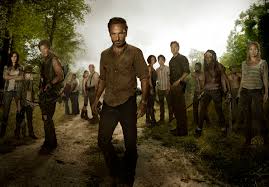
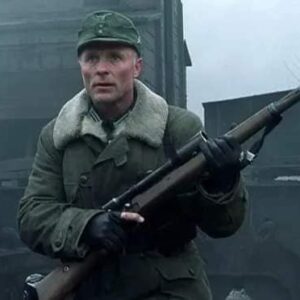
“Enemy at the Gates” is a 2001 war film directed by Jean-Jacques Annaud, set during the Battle of Stalingrad in World War II.
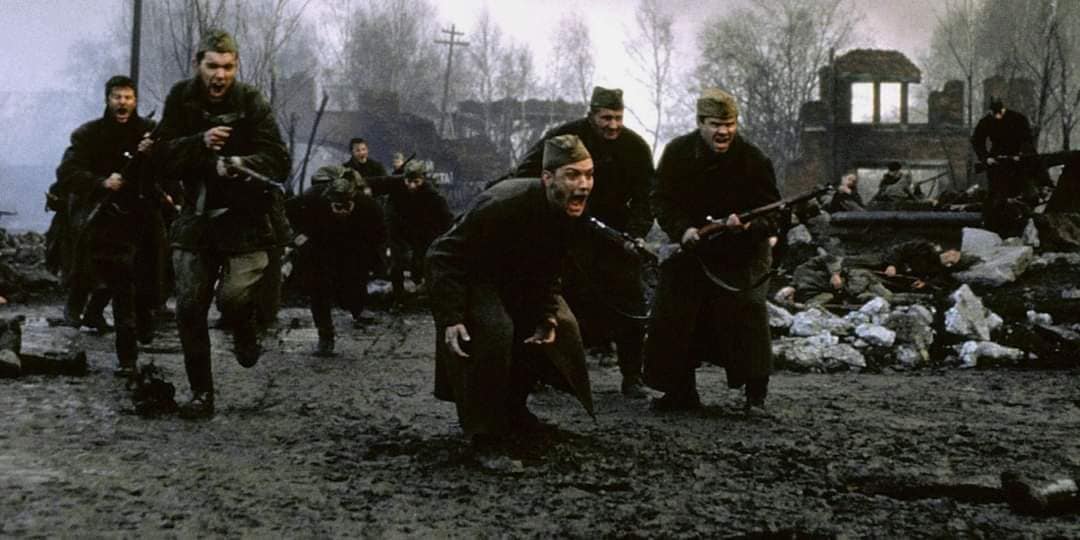
As Vassili’s fame grows, the Germans send König, a top sniper and instructor, to eliminate him. What follows is a tense, psychological cat-and-mouse game between the two snipers, set against the backdrop of the grueling and devastating urban warfare that characterized the Battle of Stalingrad.
The film also explores the relationships between the characters, particularly the friendship and rivalry between Vassili and Danilov, as well as a romantic subplot involving Tania Chernova (played by Rachel Weisz), a fellow soldier who catches the interest of both men.
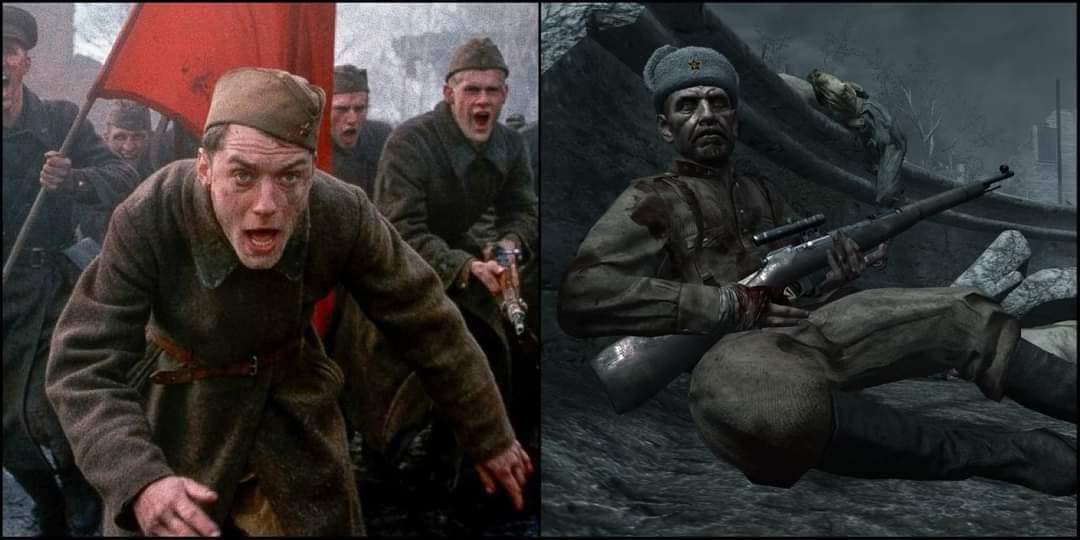
Themes and Reception: “Enemy at the Gates” delves into themes of heroism, propaganda, and the psychological toll of war. The film portrays the Battle of Stalingrad as a grim and desperate struggle for survival, emphasizing the harsh conditions faced by the soldiers and civilians alike.
The film received mixed reviews, with praise for its intense action sequences and performances, particularly those of Jude Law and Ed Harris. However, some critics took issue with the historical inaccuracies and melodramatic elements. Despite this, “Enemy at the Gates” remains a notable war film for its depiction of one of the most significant battles of World War II.
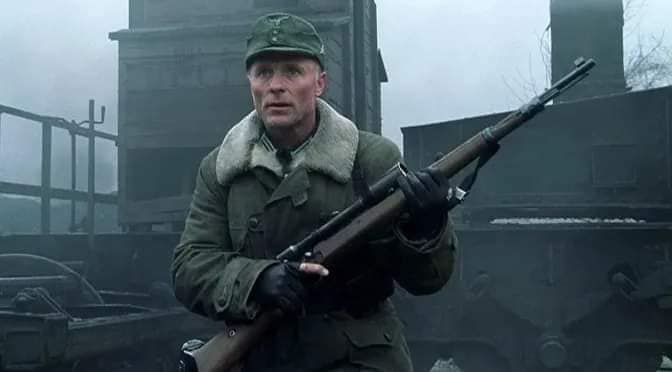

“Anaconda,” directed by Luis Llosa and released in 1997, slithers onto the screen as a thrilling adventure-horror film set amidst the dense jungles of the Amazon.
“Anaconda,” directed by Luis Llosa and released in 1997, is a thrilling adventure-horror film set in the dense, dangerous jungles of the Amazon. The movie taps into primal fears and the allure of the unknown, blending suspense, action, and terror in a story about survival against one of nature’s deadliest predators.
Plot Summary: The film follows a documentary crew led by director Terri Flores (played by Jennifer Lopez) and cameraman Danny Rich (played by Ice Cube) as they venture deep into the Amazon to film a documentary about a lost indigenous tribe. They are joined by anthropologist Dr. Steven Cale (played by Eric Stoltz) and other crew members, including sound engineer Gary Dixon (played by Owen Wilson) and production manager Denise Kalberg (played by Kari Wuhrer).
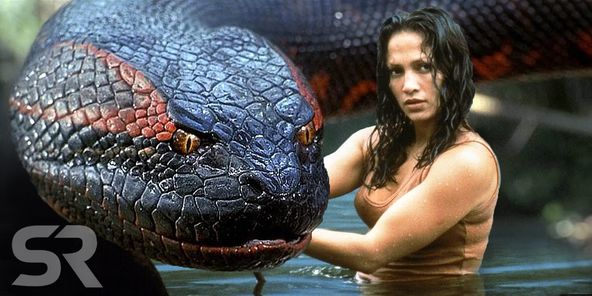
“Anaconda,” directed by Luis Llosa and released in 1997, is a thrilling adventure-horror film set in the dense, dangerous jungles of the Amazon. The movie taps into primal fears and the allure of the unknown, blending suspense, action, and terror in a story about survival against one of nature’s deadliest predators.
Plot Summary: The film follows a documentary crew led by director Terri Flores (played by Jennifer Lopez) and cameraman Danny Rich (played by Ice Cube) as they venture deep into the Amazon to film a documentary about a lost indigenous tribe. They are joined by anthropologist Dr. Steven Cale (played by Eric Stoltz) and other crew members, including sound engineer Gary Dixon (played by Owen Wilson) and production manager Denise Kalberg (played by Kari Wuhrer).
Their expedition takes a sinister turn when they encounter Paul Serone (played by Jon Voight), a mysterious and charismatic Paraguayan snake hunter who claims to know the whereabouts of the elusive tribe. However, it soon becomes clear that Serone has his own agenda—he’s obsessed with capturing a giant, legendary anaconda, a creature of immense size and strength that prowls the jungle.
As they journey deeper into the Amazon, the crew finds themselves hunted by the monstrous anaconda, which systematically picks them off one by one. The tension escalates as they struggle to survive both the deadly snake and the increasingly unstable Serone, who becomes more dangerous as his obsession with the anaconda grows.
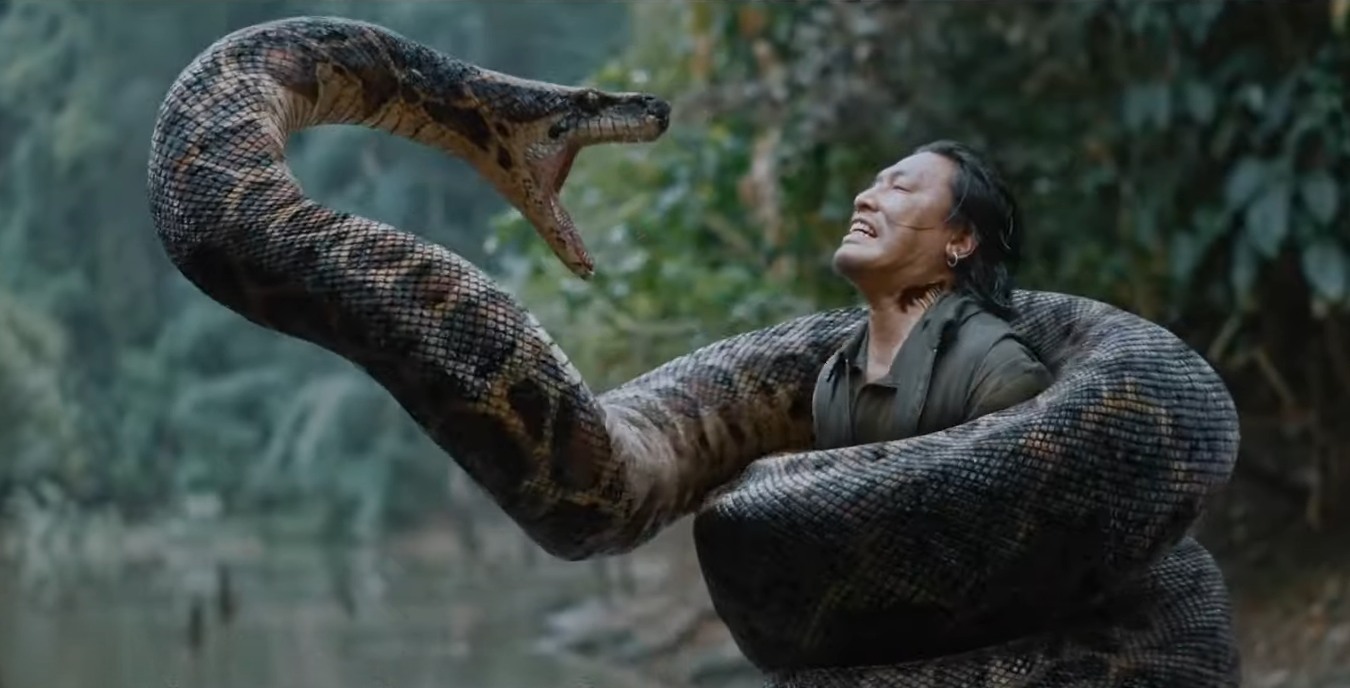
Themes and Reception: “Anaconda” plays on themes of man versus nature, the dangers of obsession, and the fear of the unknown. The film’s jungle setting amplifies the sense of isolation and vulnerability, while the anaconda itself is portrayed as a nearly unstoppable force of nature.
The movie is known for its campy elements, including over-the-top performances—especially Jon Voight’s portrayal of Serone, which is both unsettling and darkly humorous. The special effects, particularly the animatronic and CGI anaconda, were a point of both fascination and critique, as the film straddles the line between thrilling and unintentionally comedic.
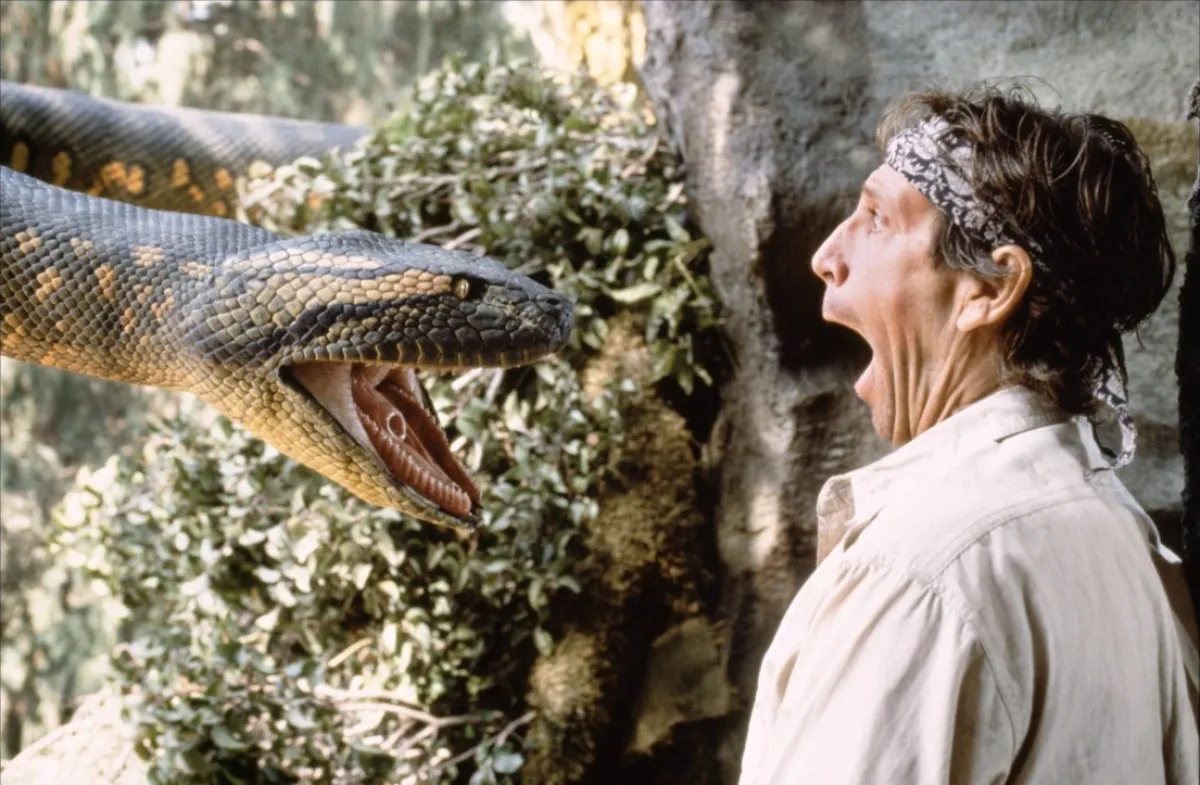
“Anaconda” received mixed reviews from critics, with some praising its tension and adventure elements, while others criticized its dialogue, pacing, and special effects. Despite this, the film was a commercial success and has since become a cult classic, remembered for its suspenseful jungle setting, memorable performances, and the iconic, terrifying snake that gives the film its title.
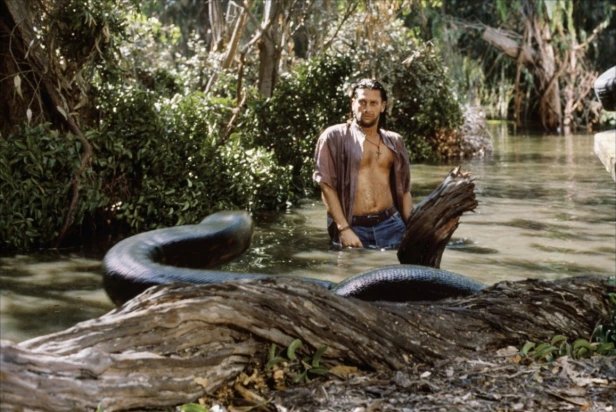

Andor (2022) is a television series set in the Star Wars universe, created by Tony Gilroy.
Andor (2022) is a television series set in the Star Wars universe, created by Tony Gilroy. Serving as a prequel to the 2016 film “Rogue One: A Star Wars Story,” the series explores the early life and motivations of Cassian Andor (played by Diego Luna), a key figure in the Rebel Alliance.
Plot Summary: The series is set five years before the events of “Rogue One” and follows Cassian Andor’s journey from a disillusioned, self-serving individual into a committed revolutionary. The story delves into the gritty, darker side of the Star Wars universe, focusing on espionage, political intrigue, and the personal sacrifices made by those who resist the tyranny of the Galactic Empire.
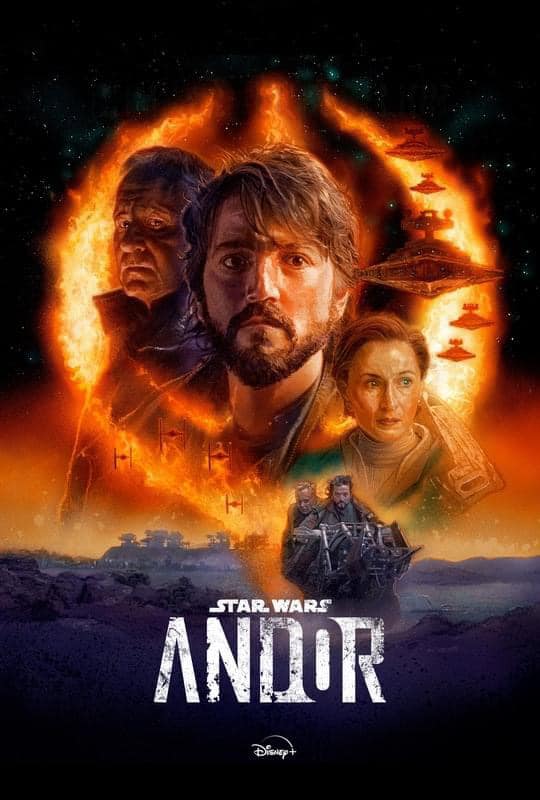
“Andor” provides a detailed exploration of the rise of the Rebel Alliance, the personal struggles of its members, and the oppressive nature of the Empire. It also introduces new characters who play significant roles in the growing resistance, including Luthen Rael (played by Stellan Skarsgård), a secretive figure involved in recruiting for the Rebellion, and Mon Mothma (played by Genevieve O’Reilly), a prominent leader in the Rebellion who navigates the dangerous political landscape of the Imperial Senate.
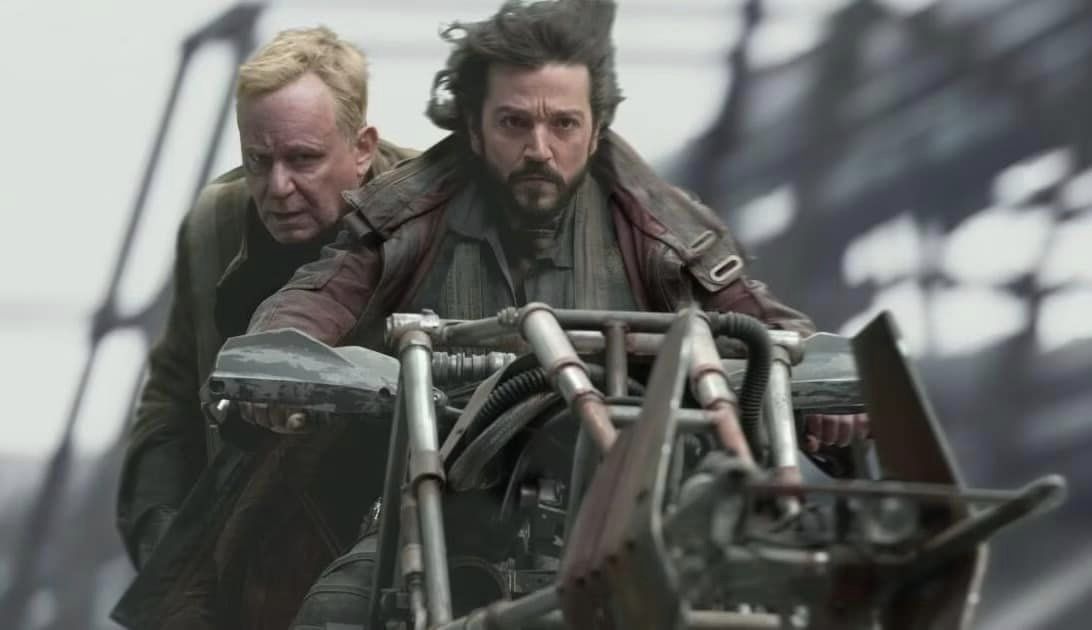
Themes and Tone: Unlike some of the more fantastical elements of the Star Wars saga, “Andor” emphasizes realism and complexity. The series tackles themes of identity, sacrifice, and the moral ambiguity inherent in fighting a seemingly invincible enemy. It also provides a more grounded view of the galaxy, highlighting the struggles of ordinary people under the yoke of Imperial oppression.
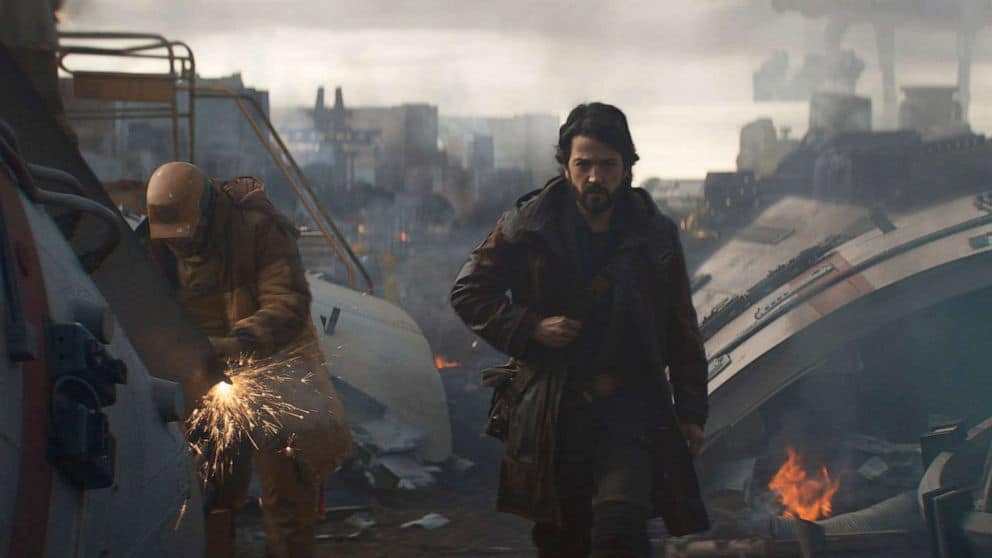
The tone of “Andor” is more mature and somber compared to other Star Wars content, focusing on character development and the harsh realities of living under an authoritarian regime. It also delves into the internal conflicts within the Rebellion, showcasing the difficult choices and compromises made by its members.
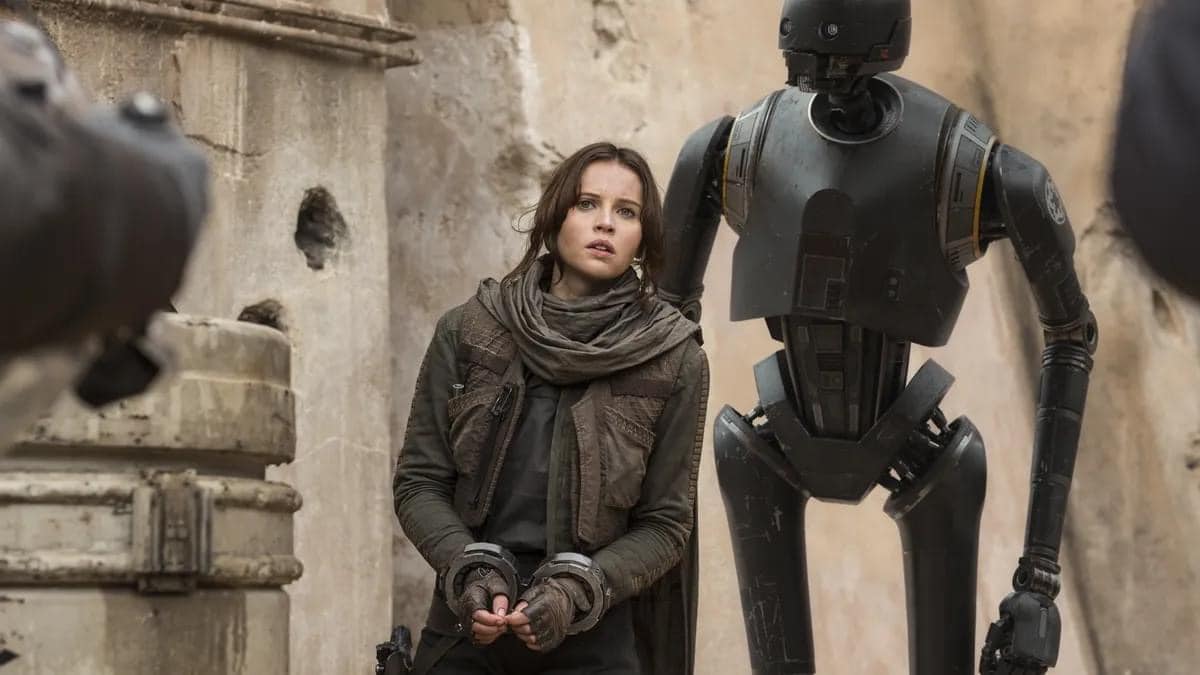
Reception: “Andor” was praised by both fans and critics for its strong writing, character development, and its departure from the traditional Star Wars formula. The performances, particularly Diego Luna’s portrayal of Cassian Andor, were lauded for adding depth and nuance to the character. The series was also noted for its production design and world-building, which brought a new level of detail to the Star Wars universe.
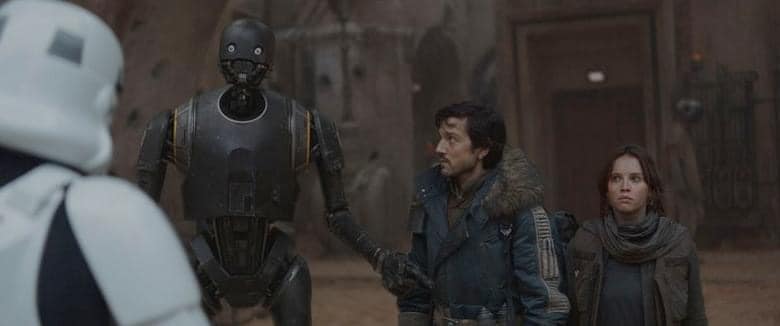
Reception: “Andor” was praised by both fans and critics for its strong writing, character development, and its departure from the traditional Star Wars formula. The performances, particularly Diego Luna’s portrayal of Cassian Andor, were lauded for adding depth and nuance to the character. The series was also noted for its production design and world-building, which brought a new level of detail to the Star Wars universe.
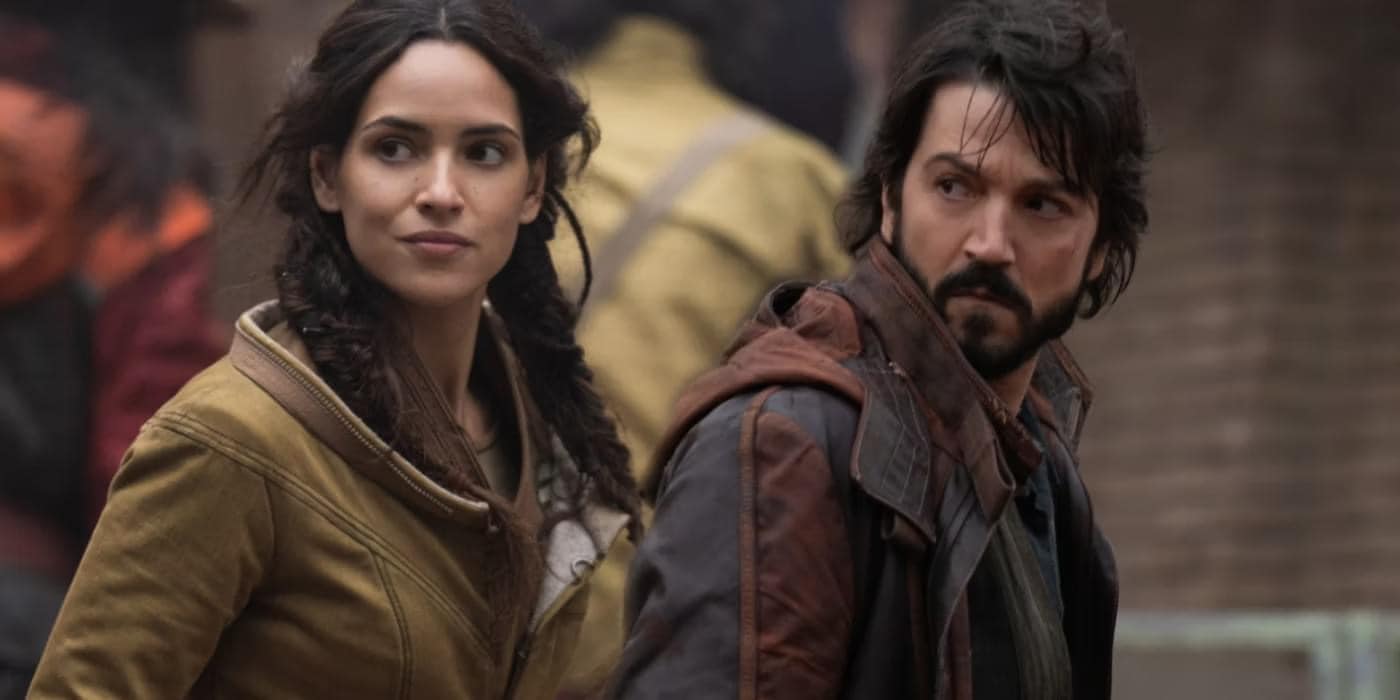
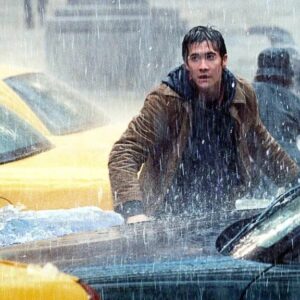
“The Day After Tomorrow” is a 2004 American science fiction disaster film directed by Roland Emmerich.
“The Day After Tomorrow” is a 2004 American science fiction disaster film directed by Roland Emmerich, known for his work on large-scale disaster movies. The film explores the catastrophic effects of global climate change, specifically the sudden onset of a new ice age, triggered by extreme weather events.
Plot Summary: The film centers on Jack Hall (played by Dennis Quaid), a paleoclimatologist who discovers evidence that a massive climate shift is imminent due to disruptions in the North Atlantic Ocean’s circulation. Despite his warnings, global leaders fail to take the threat seriously until it’s too late. As a series of unprecedented weather events unfold—massive hurricanes, tsunamis, and deep freezes—Jack races against time to save his son Sam (played by Jake Gyllenhaal), who is trapped in New York City as the city becomes engulfed in ice.
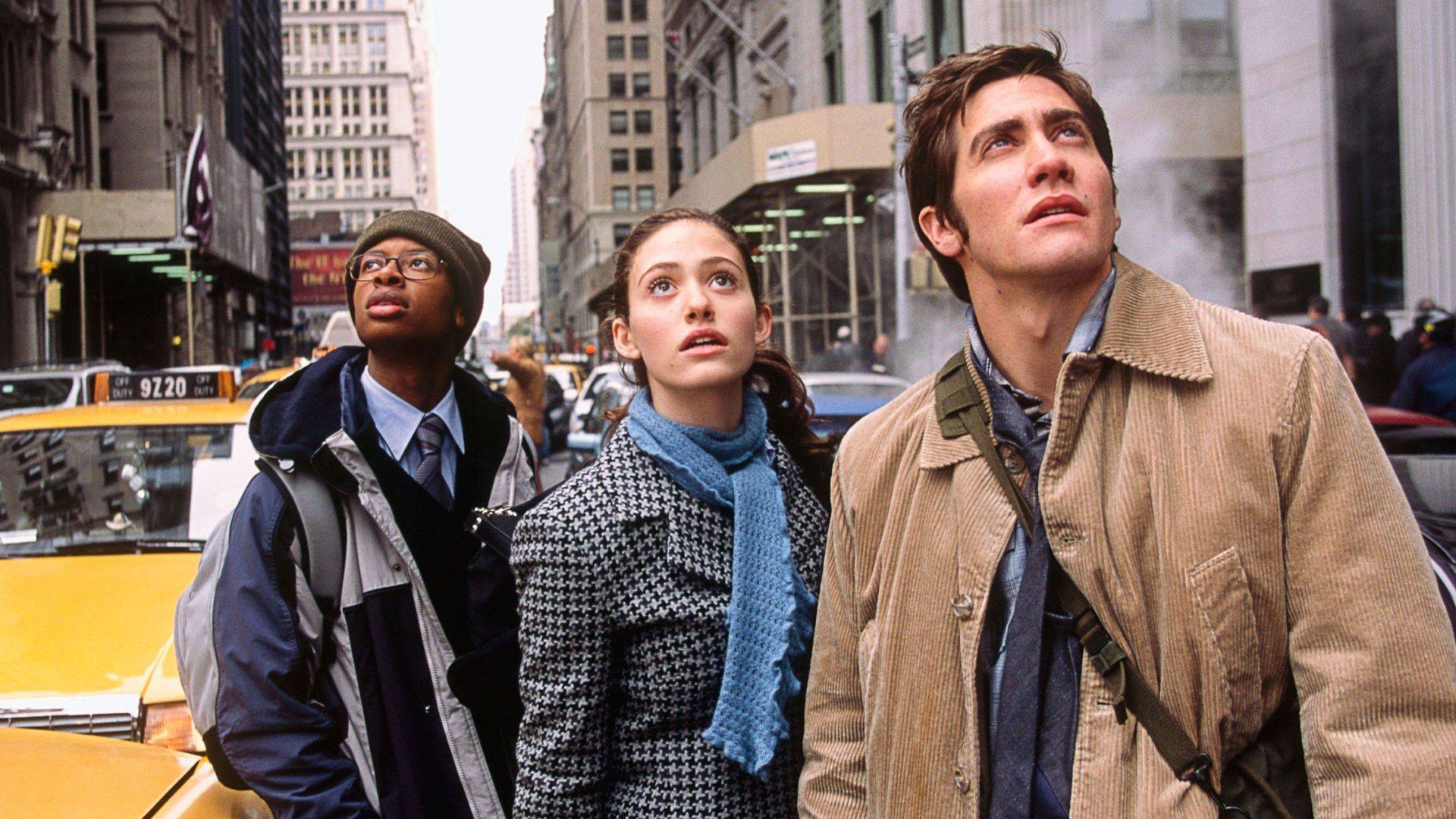
As the world plunges into chaos, Jack and a small group of survivors must endure freezing temperatures, dangerous storms, and the collapse of modern civilization. The film follows their struggles to survive in a world turned upside down, while also touching on themes of family, sacrifice, and humanity’s impact on the planet.
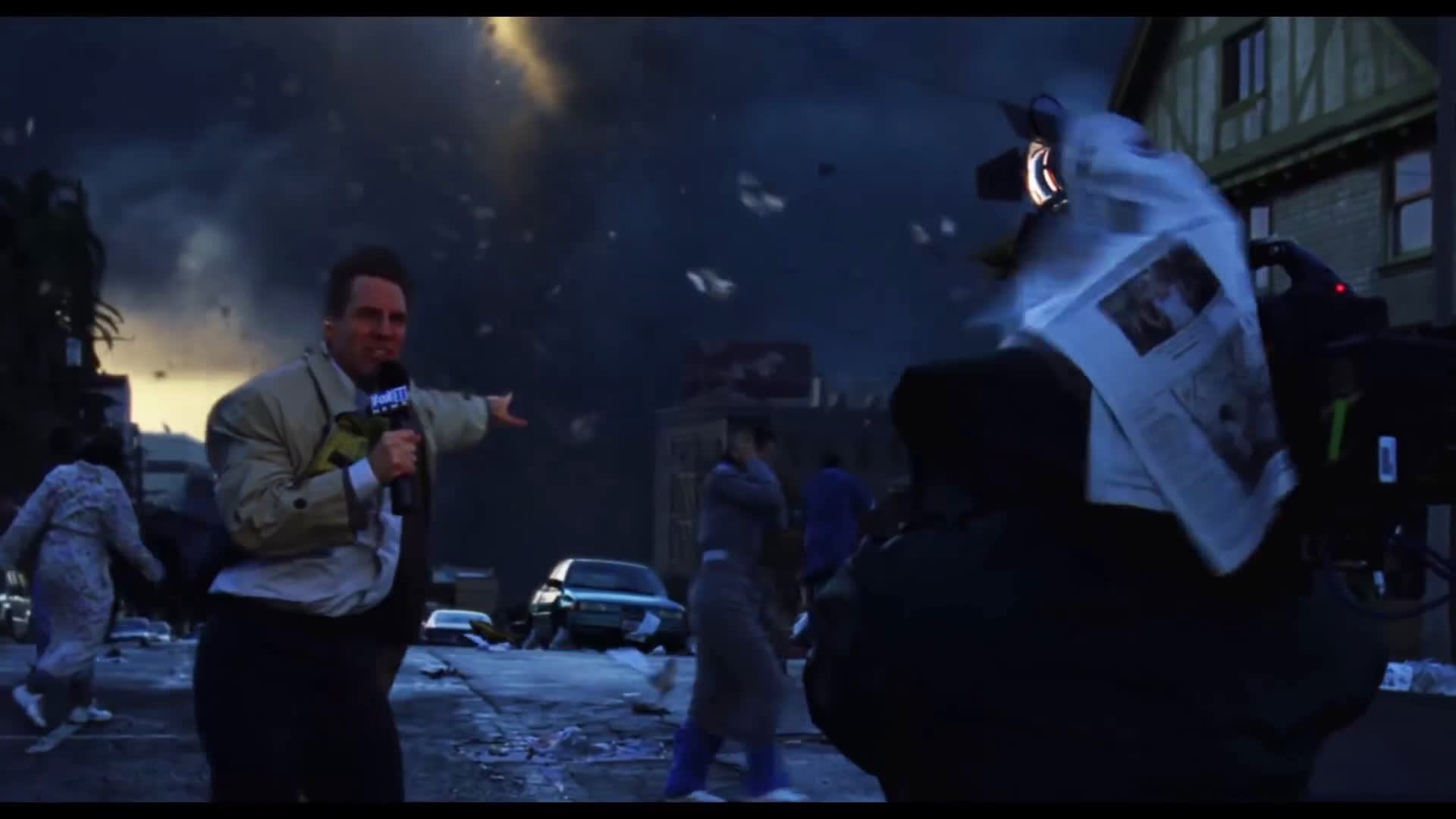
Themes and Reception: “The Day After Tomorrow” highlights the dangers of climate change, using exaggerated but visually stunning scenarios to dramatize the potential consequences of environmental neglect. The film emphasizes the urgency of addressing climate issues and the interconnectedness of global systems, albeit in a highly fictionalized manner.
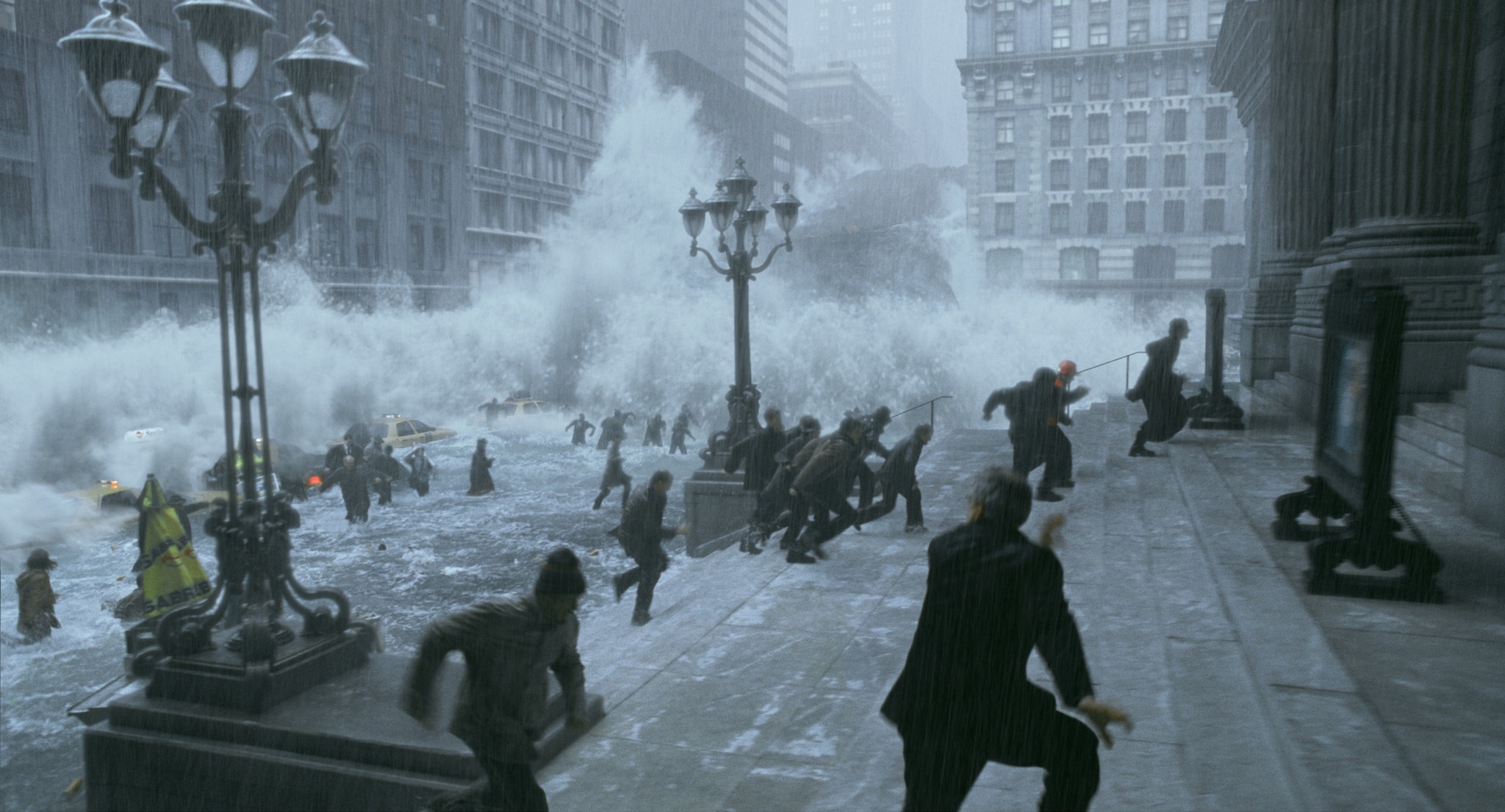
While the film received mixed reviews from critics, with some praising its special effects and thrilling action sequences, others criticized it for its scientific inaccuracies and melodramatic plot. Despite this, the film was a commercial success, resonating with audiences as a cautionary tale about the environment.
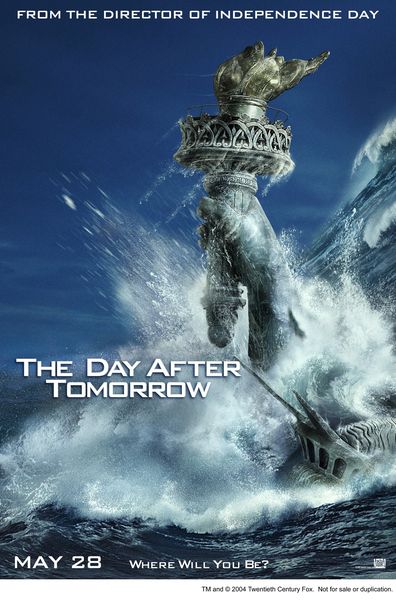
The movie’s portrayal of extreme weather events and its commentary on global warming sparked discussions about climate change, even if its science was not entirely accurate. It remains a notable entry in the disaster film genre, memorable for its intense visuals and its reflection of contemporary concerns about the environment.

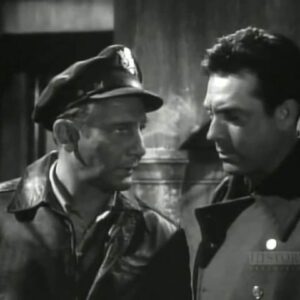
“Twelve O’Clock High” (1949), directed by Henry King, is a compelling and realistic portrayal of the psychological and physical toll of war on airmen during World War II.
“Twelve O’Clock High” (1949), directed by Henry King, is a powerful and gripping war drama that delves deep into the psychological and physical toll of World War II on the airmen of the U.S. Army’s Eighth Air Force. Set against the backdrop of the intense and perilous daylight bombing missions over Nazi-occupied Europe, the film offers a realistic and unflinching look at the burden of command and the strain of war.

Plot Summary
The film is set in 1942 and follows the experiences of the 918th Bomb Group, stationed at a U.S. airbase in England. The group is struggling under heavy losses, and morale is at an all-time low. The story begins with the replacement of the group’s commander, Colonel Keith Davenport (Gary Merrill), who is seen as too emotionally involved with his men to effectively lead them. Brigadier General Frank Savage (Gregory Peck) is brought in to take command, tasked with restoring discipline and morale.
Savage’s leadership style is tough and uncompromising; he distances himself emotionally from his men, believing that this detachment is necessary to rebuild their fighting spirit. At first, his harsh methods are met with resistance and resentment from the crew, but over time, they begin to understand the necessity of his approach. The film meticulously portrays the psychological pressure on Savage as he wrestles with the heavy responsibilities of command and the decisions that could mean life or death for his men.

As the story unfolds, the constant stress of combat, the loss of comrades, and the relentless demands of leadership begin to take a toll on Savage himself. The film’s climax centers around a critical bombing mission deep into Germany, where the group’s resilience and Savage’s leadership are put to the ultimate test.
Themes and Tone
“Twelve O’Clock High” explores themes of leadership, sacrifice, and the mental and emotional costs of war. The film’s tone is serious and reflective, emphasizing the human aspects of warfare rather than glorifying the combat itself. It addresses the psychological wear and tear on the airmen, the fear, the fatigue, and the devastating impact of losing fellow soldiers.
The film also delves into the idea of what it means to be an effective leader under extreme conditions. Savage’s journey is one of understanding the fine balance between maintaining authority and connecting with his men on a human level. The title itself, “Twelve O’Clock High,” refers to the position of enemy aircraft approaching directly from above—symbolizing the constant and unavoidable threats faced by the airmen.
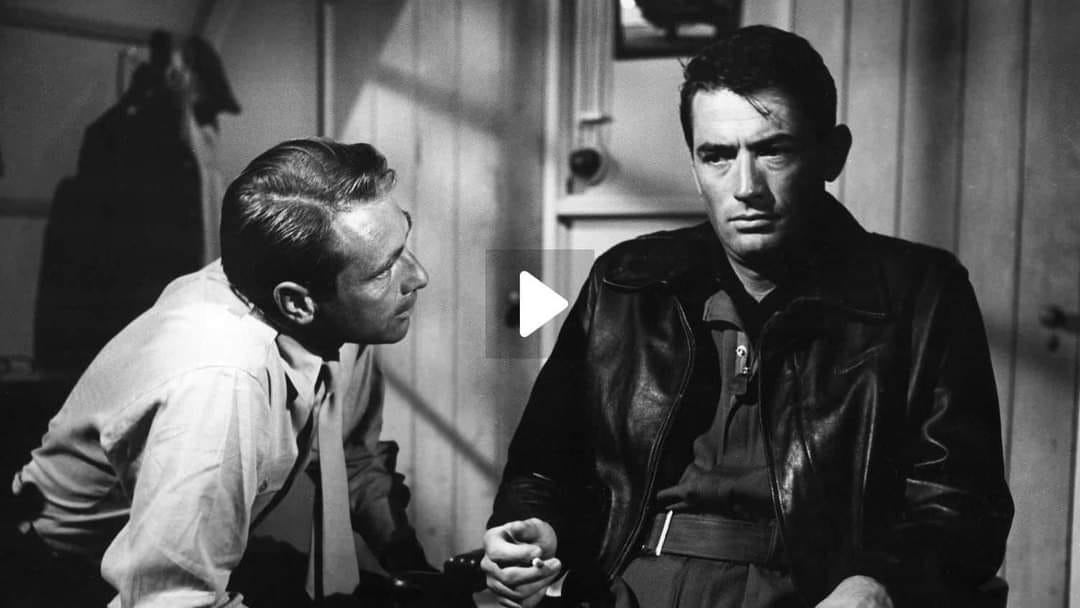
Performances and Direction
Gregory Peck delivers a standout performance as General Frank Savage, embodying the complexity of a man torn between duty and compassion. His portrayal of Savage’s gradual breakdown under the pressure of command is both subtle and powerful. The supporting cast, including Hugh Marlowe, Dean Jagger, and Gary Merrill, adds depth to the film, portraying the camaraderie and conflict among the crew.
Henry King’s direction is notable for its emphasis on realism and attention to detail. The film’s aerial combat sequences, shot with actual B-17 bombers, are intense and authentically capture the danger faced by the airmen. The use of sound, close-ups, and the pacing of the film all contribute to a sense of immediacy and tension.
Critical Reception and Legacy
“Twelve O’Clock High” was highly praised upon its release and has since become regarded as one of the greatest war films ever made. It was nominated for four Academy Awards, with Dean Jagger winning Best Supporting Actor for his role as Major Harvey Stovall, the group’s adjutant who reflects on the events of the war. The film was also lauded for its psychological depth and the way it portrayed the realities of war without resorting to melodrama or sentimentality.
The film’s influence extends beyond cinema; it has been used in military training programs to illustrate leadership principles and the impact of stress on decision-making and morale.
Conclusion
“Twelve O’Clock High” stands as a compelling and realistic portrayal of the psychological and physical toll of war. Its exploration of leadership, the strain of combat, and the human costs of war resonate as powerfully today as they did at the time of its release. With its strong performances, particularly from Gregory Peck, and its unvarnished depiction of wartime realities, the film remains a poignant and enduring classic in the war genre.
